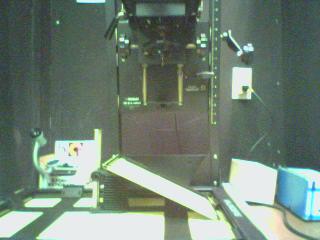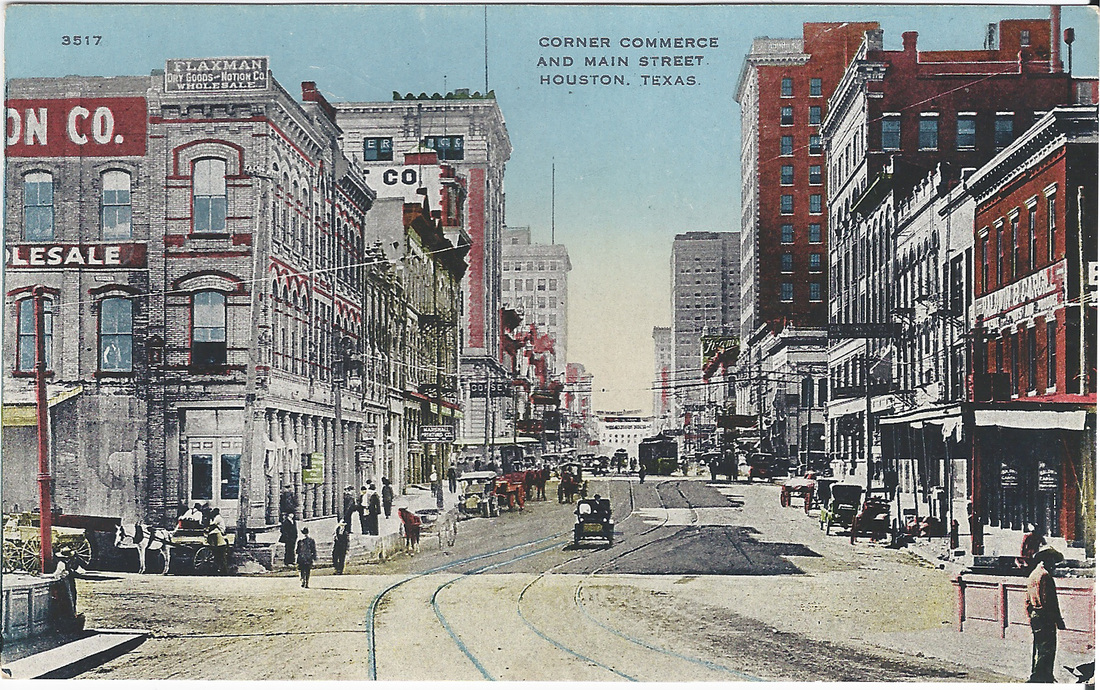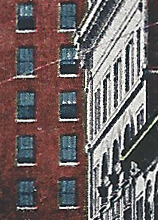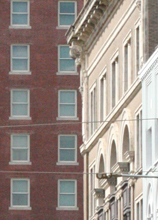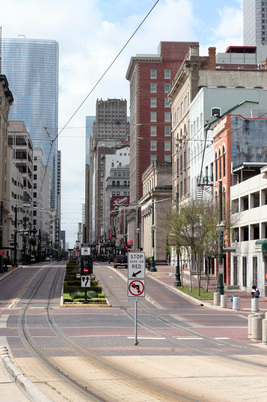Houston Time Portal
Project Details
|
People are very social creatures. In every place and at every time we will always find ways to connect. In the current era, we connect on Facebook by electronically posting comments on each other's activities, pictures of what we find interesting, and pithy comments on our fellow inhabitants of the world we inhabit together.
At the turn of the last century, the modern way to connect was through postcards. Prior to the Columbian Exposition I shot all the contemporary images on film with a Ricoh 35mm camera beginning in about 2008. At the end of 2011 I began to employ a Canon EOS SLR camera, first as back-up and later as a superior replacement. Photographing within the urban canyons of a modern skyscraper city forced the use of a wide angle for most images. I processed all film at the Glassell School at the Museum of Fine Arts, Houston, where I was enrolled as a student and later volunteer darkroom technician. I utilized Ilford postcard photo-paper for all contemporary images.
I purchased all postcards for the project from eBay at a cost of between $3.00 and $50.00, mostly about $10.00 including shipping. For the website images I used a scanner or rephotographed the postcard images on a copy stand and manipulated the digital data using Photoshop CS2. I used Beseler enlargers as they allow tilting of the lenses to compensate for parallax. To fully understand this aspect requires special comment on the Schiempflug Principle. Enlargers as commonly used in darkroom practice project a beam of light directly down through the negative followed by a lens onto the easel holding the photographic paper. Tall buildings shot with a wide angle lens will appear to converge toward the top, becoming pyramid in form. This artifact is not true to life in a world where buildings have parallel walls, and images with parallax are disquieting to the viewer. Tilting the easel brings these building lines parallel to the picture plane, but this correction has the unfortunate consequence that only that part of the picture plane within the depth of field will be in focus. |
What are these postcards about?
Wide angle photographs of tall architecture will be characterized by parallax or converging lines that make the buildings look like pyramids. The modern viewer understands these pyramids are actually built of rectangles and the brain translates them into familiar building structures, but there is an artificiality about these images that vanishes when methods are employed to straighten the lines through the picture plane. The easiest way to compensate for parallax is to employ a view camera. These cameras have an accordion structure that tilts the lens with respect to the plane of the |
